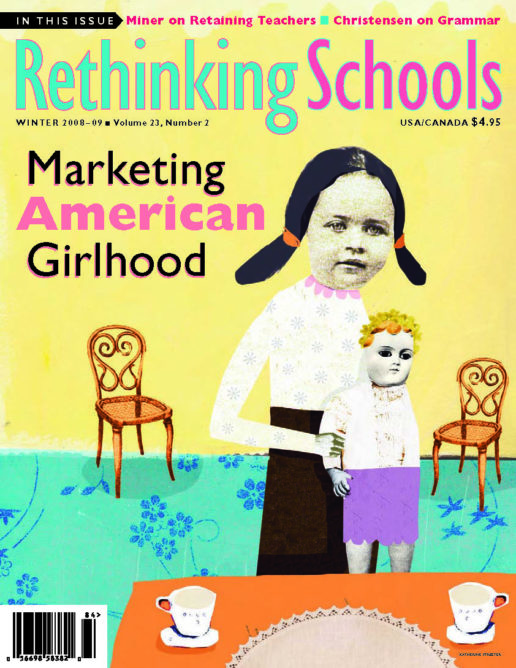Preview of Article:
Good Stuff – Little Rebels
Tales for Little Rebels: A Collection of Radical Children’s Literature
Edited by Julia L. Mickenberg and Phillip Nel
New York University Press, 2008
Hardback, $32.95, 288 pages.
Childhood and Nature: Design Principles for Educators
by David Sobel
Stenhouse Publishers, 2008
Paperback, $17.50, 168 pages
Sometimes it’s wonderful to be proved wrong. In 1995, I published an essay that made a plea for radical children’s literature and claimed that it was almost impossible to find any. In referring to this claim, the editors of Tales for Little Rebels say in their introduction: “Yet in recovering a radical tradition in children’s literature, we discovered far more work than we had room to include [in the book]. We’ve collected texts that offer a taste of the U.S. Left’s ‘social imagination’ as it evolved over the course of the twentieth century.”

